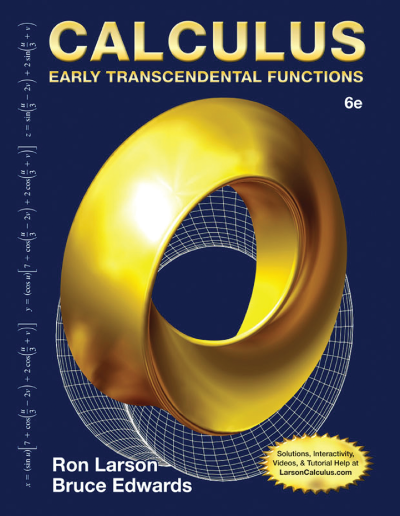Galileo Galilei
(1564 – 1642)
Galileo’s contributions to mathematics and astronomy are many, but his most enduring gift to history was his insistence that nothing be taken on faith, but must be proved through experimentation. Galileo supplanted ignorance with knowledge, superstition with scholarship, and risked his life in the process.
Galileo Galilei was born on February 15, 1564 in Pisa, Italy, one of seven children born to Vincenzio Galilei, a cloth merchant and amateur mathematician, and his wife, Giulia Ammannati. As was the custom in Tuscany, the north central region of Italy of which Pisa was a part, Galileo as the eldest son was given as his Christian name a variant of his surname; today, he is known primarily by his first name only.
The Galilei family had once been prominent in medicine and politics, but by the time of Galileo’s birth had lost much of its wealth and influence. It was therefore important that Galileo pursue a lucrative career. Accordingly, Vincenzio determined that his son would be a doctor. To be certain Galileo was not deflected from the path his father chose for him, Vincenzio carefully shielded Galileo from all knowledge of mathematics. (Doctors in those days earned approximately thirty times more than mathematicians.)
A devout Catholic, Galileo had hoped to enter a monastery but, pursuant to his father’s wishes, entered the University of Pisa in 1581 as a medical student. He was an excellent, if unenthusiastic, pupil, until the day he stumbled on a lecture on Euclidean geometry. Galileo was instantly, irrevocably enchanted with mathematics. Soon he dropped all pretense of studying medicine, devoting his attention instead to the works of Archimedes. Vincenzio very reluctantly sanctioned the inevitable: Galileo would be a mathematician.
Almost immediately thereafter, at the age of nineteen, Galileo made his first significant scientific discovery. One day, while in a cathedral, he observed a chandelier that hung from a heavy chain. Pulled by a long hook to a balcony on one side of the church, the chandelier was lit and then released. Watching the lamp swing to and fro above him, Galileo was surprised to note that each oscillation took the same amount of time, even though the arcs of the oscillations diminished. This event led to Galileo’s formulation of the theory of isochronism (equality of time) of the pendulum.
In 1589, Galileo was named professor of mathematics at the University of Pisa. Here he conducted a very public experiment that disproved at least one tenet of Aristotelian physics. Galileo ascended Pisa’s famous Leaning Tower and dropped two steel balls simultaneously. The balls were of equal size, but the weight of one was ten times that of the other. Assistants at the base of the tower timed the balls’ descent. Aristotle had suggested that the heavier ball would fall to the earth more quickly, but in fact the two balls arrived concurrently.
The crowd that had gathered to observe the experiment was incensed at the outcome. At the University of Pisa, Aristotle’s theories were akin to Holy Writ; many suggested that the gloating Galileo had resorted to sorcery to obtain his result. From that point on, Galileo’s lectures were delivered to a hissing, booing audience. It is not surprising that his three-year contract was not renewed.
The more progressive University of Padua appointed Galileo professor of mathematics in 1592, a post he held for eighteen years. Galileo lectured on Euclid and Ptolemy, and prepared treatises on astronomy, physics, and mathematics. He also took a lover, Marina Gamba, with whom he had three children. His daughter Virginia was his favorite, and a solace in his later years.
In 1609, Galileo learned that Hans Lipperhey, a Dutch lensmaker, had devised a rudimentary telescope. Galileo immediately constructed a series of telescopes, each more powerful than the last, with which to view the sky. By 1610, he had observed Jupiter’s four satellites and the surface of the moon. He published these and other discoveries in a pamphlet, Sidereus Nuncius, that unequivocally championed the astronomy of Copernicus over that of Aristotle. Even at the open-minded University of Padua, Galileo’s claims were an outrage. To suggest that the earth revolved around the sun was blasphemy; to refute the Aristotelian theory of the universe was madness. Galileo lost his post at the university.
Worse yet, he incurred the wrath of the Church. In the decade following his ouster from Padua, Galileo continued to conduct experiments with telescopes and publish his discoveries. A literal interpretation of certain biblical passages was seen as inconsistent with Copernican astronomy. In effect, then, Galileo challenged the veracity of Scripture and by extension, the authority of the pope. Mathematics, the language in which Galileo sought to express his understanding of the universe, was believed by some to be a devilish art. Galileo, nearly sixty, and gravely ill, was summoned by the Inquisition to be tried for heresy.
The verdict was predictable: Galileo was found guilty of heresy, and ordered to recant or be burned at the stake. Faced with such an unattractive alternative, Galileo knelt as directed and proclaimed to the court: “I adjure, curse, and detest the said errors and heresies and generally every error and sect contrary to the said Holy Church; and I swear that I will nevermore in future say or assert anything verbally or in writing which may give rise to a similar suspicion of me….”
As he rose from his knees, Galileo is reputed to have muttered under his breath, “And yet it moves!” This desperate affirmation of what he knew to be true of the earth was Galileo’s last public act of rebellion. He spent the remainder of his life under house arrest near Florence, supervised by officers of the Inquisition, and performed the penance imposed by the Church to atone for his blasphemy.
Even while a prisoner in his home, Galileo retained some measure of his former productivity. His Discorsi e dimostrazioni matematiche intorno a` due nuove scienze was published in France in 1638 after being smuggled out of Italy by his friends. Also known as Dialogues Concerning Two New Sciences, his final work established dynamics as a mathematical science.
Soon thereafter, Galileo’s vision faltered. Forbidden by his jailers to seek medical assistance, Galileo eventually lost all sight and passed his final years in darkness. When at last he died, on January 8, 1642, he was denied a Christian burial and no monument in his honor was permitted to be erected.
Galileo has since been vindicated. Because of his example, no scientific law or theorem is accepted without evidence obtained by extensive experimentation. And on October 31, 1992, after more than a decade of study, Pope John Paul II acknowledged that the Church had unintentionally wronged Galileo: the earth does, in fact, orbit the sun.
Links
http://www-history.mcs.st-andrews.ac.uk/Biographies/Galileo.html
http://www.biography.com/people/galileo-9305220
http://plato.stanford.edu/entries/galileo/
References
- Asimov, Isaac. Asimov’s Biographical Encyclopedia of Science and Technology. Garden City, New York: Doubleday & Company, Inc., 1972.
- Ball, W.W. Rouse. A Short Account of the History of Mathematics. 1908. Reprint. New York: Dover Publications, Inc., 1960.
- Boyer, Carl B. A History of Mathematics. 2d ed., rev. Uta C. Merzbach. New York: John Wiley & Sons, Inc., 1991.
- Burton, David M. The History of Mathematics. 2d ed. Dubuque, IA: Wm. C. Brown Publishers, 1988.
- Eves, Howard. An Introduction to the History of Mathematics. 6th ed. Fort Worth: Saunders College Publishing, 1992.
- Gillispie, Charles Coulston, ed. Dictionary of Scientific Biography. Vol. V. New York: Charles Scribner’s Sons, 1974.
- Hollingdale, Stuart. Makers of Mathematics. London: Penguin Books, 1989.
- Hooper, Alfred. Makers of Mathematics. New York: Random House, Inc., 1948.
- Kline, Morris. Mathematical Thought from Ancient to Modern Times. Vol. I. New York: Oxford University Press, 1972.
- Struik, Dirk J. A Concise History of Mathematics. New York: Dover Publications, Inc., 1987.











